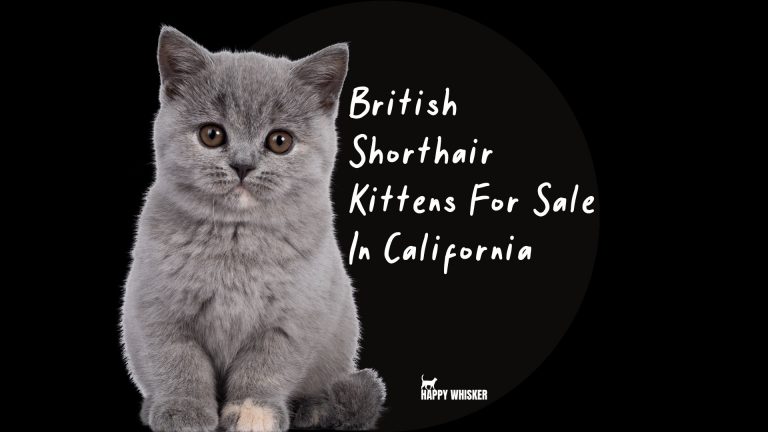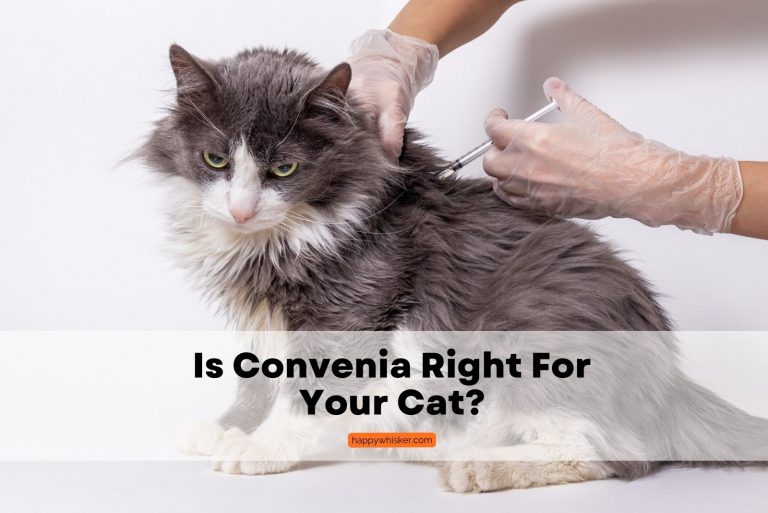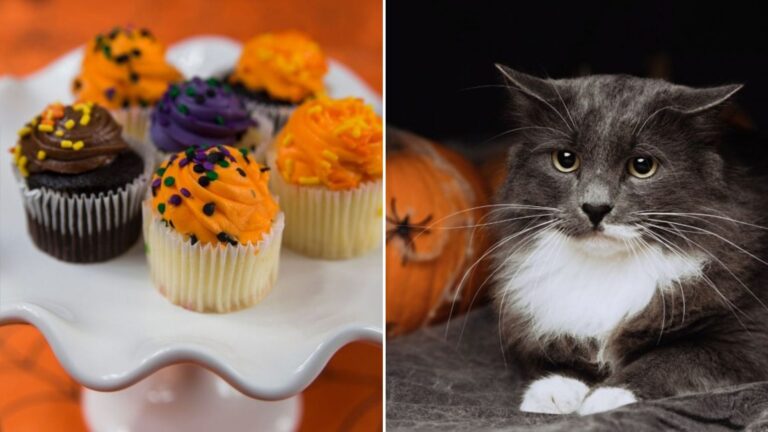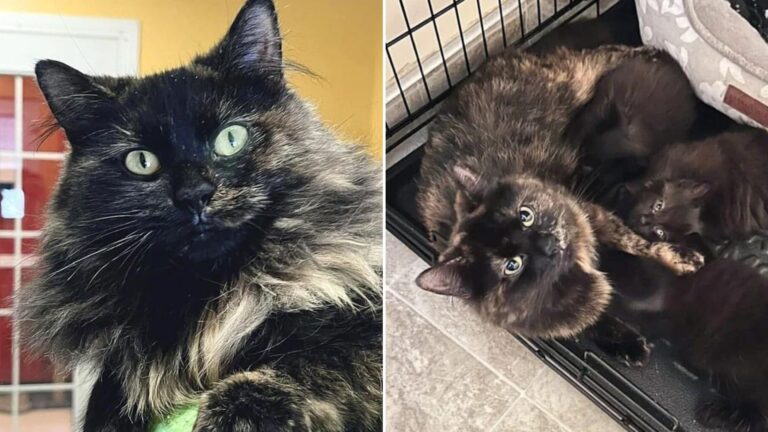Why Is My Cat Chuffing? 5 Possible Reasons Explained
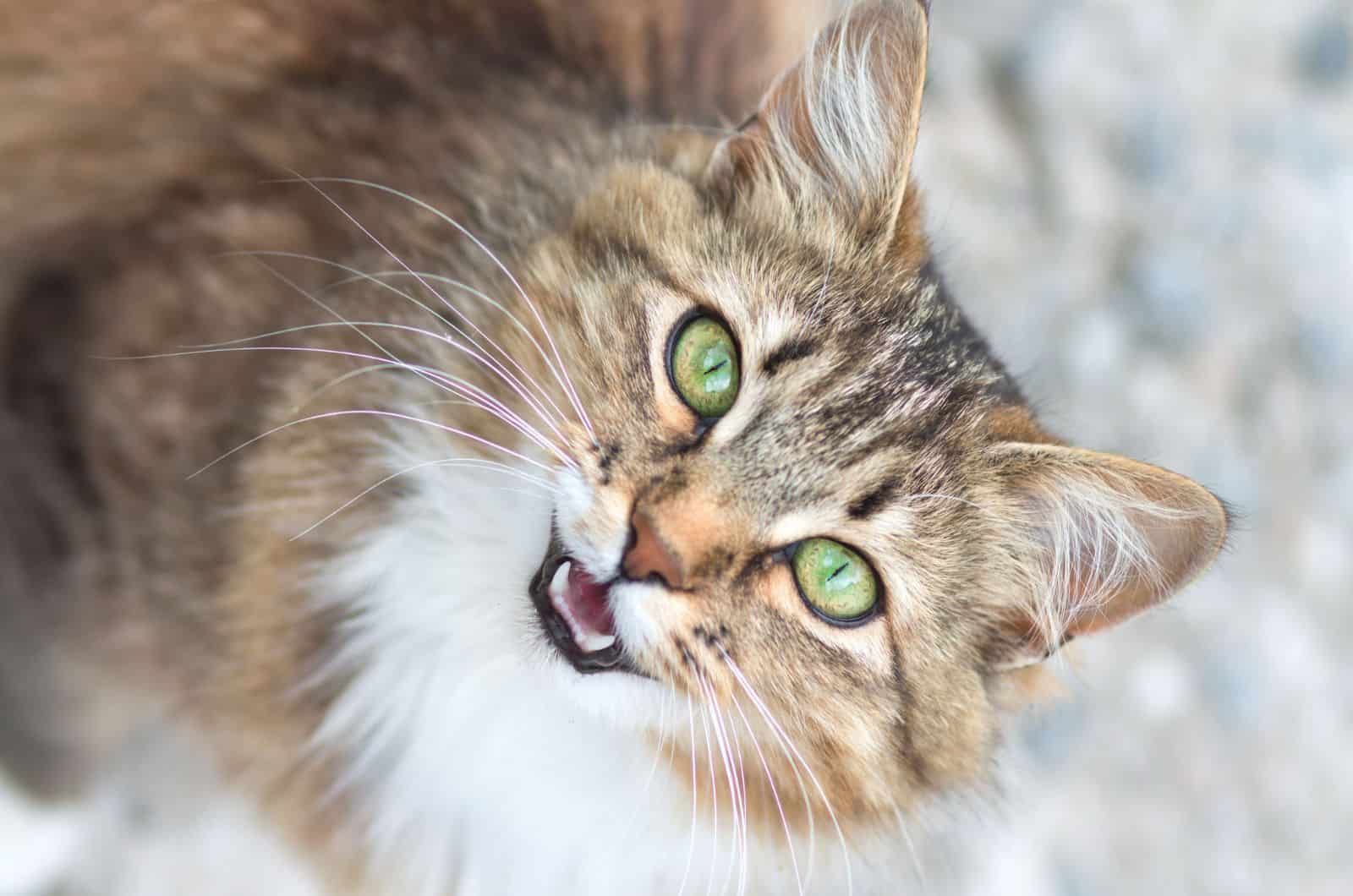
Every cat owner wants to know more about their cat’s body language. You’ve probably wondered what different cat sounds mean and why cats make different noises.
Cats are unique and fascinating creatures – you sometimes get the feeling that you can never truly know what their next move is going to be!
One of the most interesting noises your cat may make is a chuffing sound. Your cat’s chuffing can have a few possible explanations; maybe your cat wants to play or is feeling excited about something.
This noise is commonly heard when a cat has seen a bug or a bird that they want to hunt, but there are several reasons that might be behind this cat behavior.
Cats make lots of different noises; they meow, purr, yowl, and chuff. Why is that so, and what do each of these sounds mean?
Continue reading to find out more about cat chuffing, the reasons why they do this, and what they mean when they do it.
Cat Vocalizations Explained
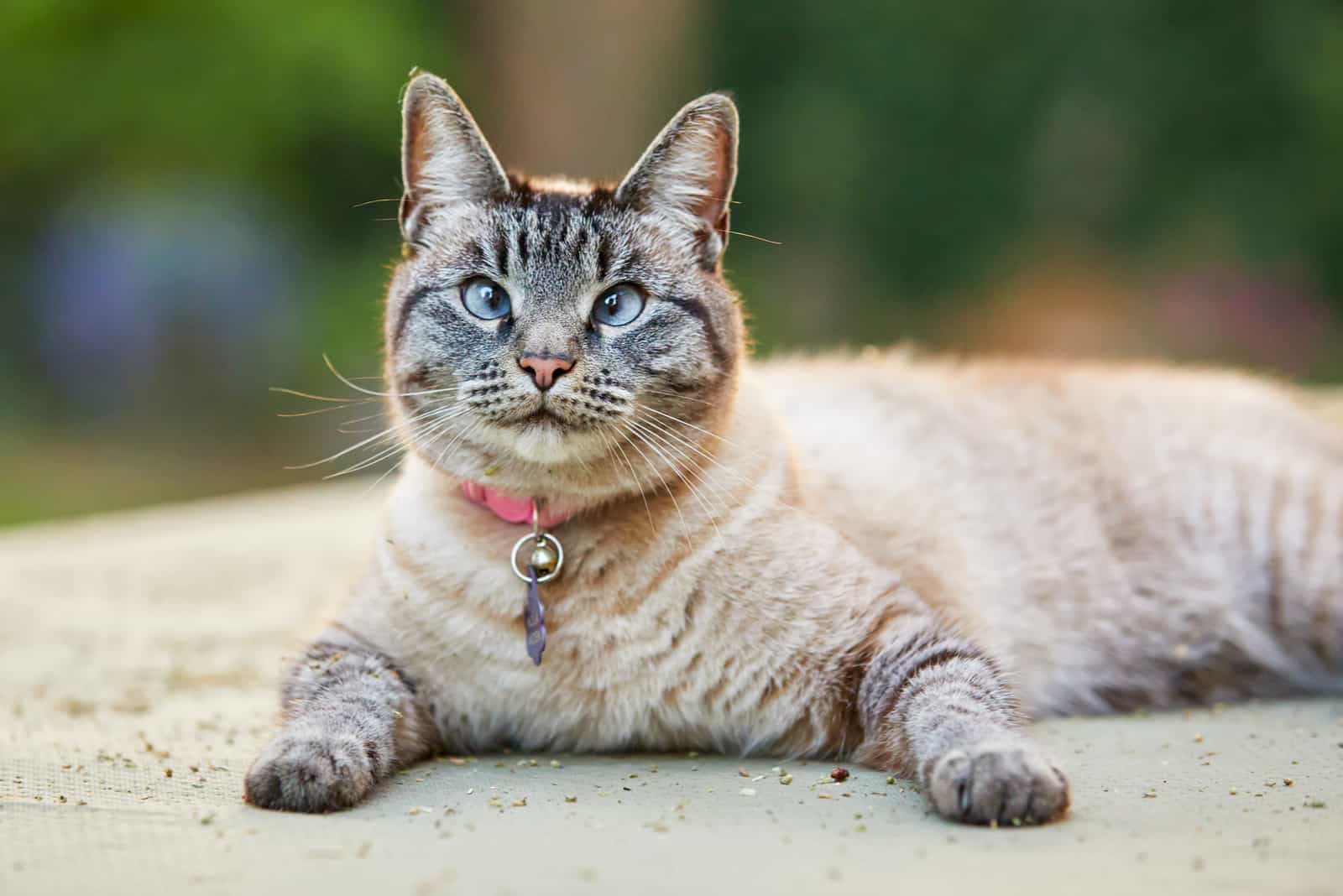
As I’ve mentioned, there are many reasons why cats make these different vocalizations. A cat’s body language is full of surprises, and so is their vocal range.
Cats exhibit different noises for different reasons. Cats chuff, meow, yowl, hiss, purr, and roar. Now let’s see what each of these means…
Cat Chuffing
Jaguars, tigers, leopards… all these wild cats chuff. Chuffing, also known as prusten, is the wild cat equivalent of a domestic cat purring.
These wild big cats, and some larger domestic cat breeds, like Maine Coons, or Norwegian Forest cats, will make a low-intensity sound in brief, powerful spurts – often referred to as chirping.
Chuffing is vocalized by a blast of air being breathed out through the nostrils while keeping the mouth closed; all this results in a breathy snort i.e. chuff.
It is frequently accompanied by a cat’s head bobbing motion. Cats typically use it as a friendly greeting, or during courtship.
Mother cats use it when soothing their cubs. Chuffing is always employed as a non-aggressive sign and it aids in social bonding.
Cat Meowing
It may come as a surprise to you, but domestic cats aren’t the only ones that meow. Wild cats meow too. Meowing can be used to find each other or to express a need for food or love.
Perhaps you’ve already noticed if you have more than one cat in your household, that domestic cats don’t really meow at each other.
Meowing is only used by house cats to communicate with people.
Cats Purring & Roaring
We’re used to our little felines purring, but did you know that some big cats, like lions, leopards, or tigers, can roar but they cannot purr.
Cougars, bobcats, and other smaller wild cats, on the other hand, can purr but can’t roar.
Purring happens because of the tiny, closely connected bones that go from the back of a cat’s tongue up to the base of its cat’s skull. When a cat’s larynx vibrates, these bones, also known as the hyoid bones, begin to pulsate and this is how they produce the sound.
No one knows exactly why smaller cats can do this, but one explanation is that a mother’s purr helps to hide her nursing kittens’ mewing in order not to be seen or heard by potential predators.
If you pay close attention to your own cat, you will notice that their purr is one long continuous sound that they create while inhaling and exhaling.
A stretch of stiff cartilage goes up the hyoid bones to the skull when big cats roar. This strong cartilage prevents them from purring, but allows the larynx to produce the (scary) sound of roaring.
A lions’ deep roar can be heard up to five miles away. Tigers chuff and can roar, and it sounds more like an extraordinarily loud growl that can travel over two miles. The roar of a tiger may be used for a variety of purposes. It can be used to either warn other tigers in their area, or to invite possible mates.
Cheetahs have distinct vocalizations; they purr rather than roar, and instead of roaring, they make a high-pitched chirp, similar to that of a canary!
They do this when stressed, and females do it to attract a mate or generally to find each other.
Hissing & Yowling
If you have more than one cat in your home, you have undoubtedly heard them hiss and yowl. To some extent, all cats, large and tiny, growl and hiss.
It’s easy to comprehend the significance of these two noises, whether they come from wild cats or domesticated cats. A growl is a harsh sound made by forcing air through the vocal cords.
Cats growl when they are threatened (by another cat or any animal), when they’re arguing with another cat, or when they want to claim control of something, such as a meal.
If your cat didn’t get what it wanted from yowling and growling, it would usually hiss right after. When a cat forces out a quick gust of air, it produces a hiss.
Some feline specialists believe that cats acquired this protective behavior by copying snakes as a survival strategy. Copying another species is a technique used by many animals.
Hissing is typically employed as a final resort before attacking. However, this snake-like sound may also be used to demonstrate dominance or to frighten prey.
5 Reasons For Cat Chuffing
The following are the five most common reasons for cat chuffing.
1. Cats Greet Each Other
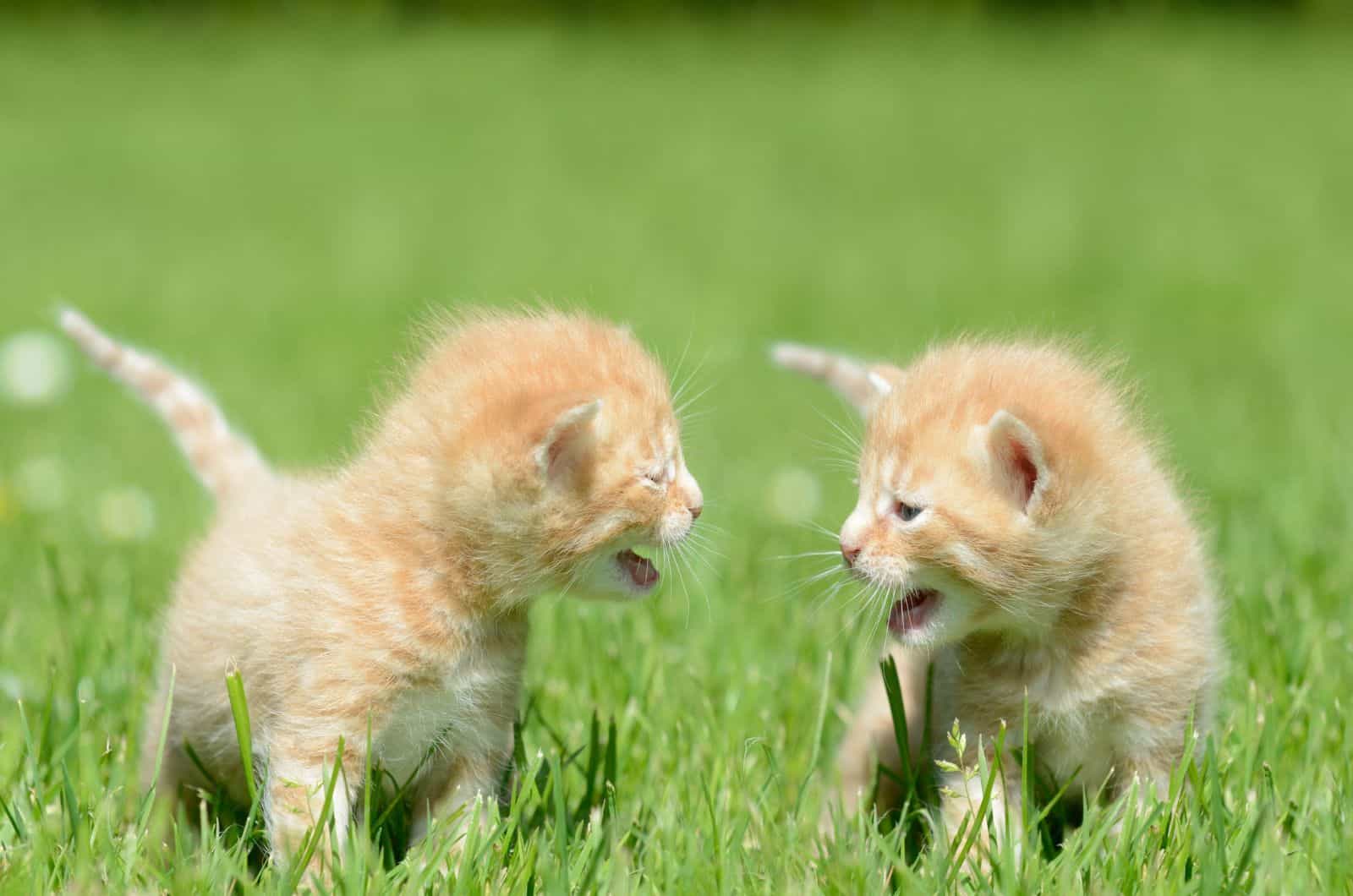
One of the most common reasons domestic cats chuff is to greet each other, much as their larger relatives do.
Chuffing is less prevalent amongst cats that are previously acquainted, but it is a common welcoming vocalization for cats when they meet another cat for the first time.
When you initially start introducing two cats together, and you hear them start chuffing, that is normal.
If another cat shocks your cat(s), they may chuff as well, but only because they’ve had a surprise, it’s not caused by anger.
Your cat may communicate with others by meowing or hissing when they are surprised or upset. A chuff might also indicate that your cat is willing to play.
Many cats chatter and chuff while observing nature, their potential prey, or even particularly interesting toys.
2. Your Cat Might Be Excited
Chuffing may be used to begin interaction with other cats. An energetic cat may chuff to beg to play or as a form of communication with other cats to show that they are pleased and eager.
While playing, your cats may chuff at each other, even though they have no desire to injure each other. They may even chuff at their toys.
Excited chuffing is also a common explanation for a cat chuffing while asleep. A sleeping chuff is a strong indication that your cat is having fun or exciting dreams, especially if its face or paws are moving at the same time.
3. Your Cat Is Preparing To Hunt
Cats also chuff when they observe insects and birds that they can’t reach. In this case, chuffing might indicate that your cat is engaged and alert; after all, hunting activities are highly exciting and help keep your cat entertained.
Many experts believe that chuffing is a means for cats to practice a certain type of bite that they employ when hunting birds.
Chuffing precisely simulates the actions of this bite, which rapidly kills birds and smaller rodents, preventing them from struggling and perhaps injuring your cat.
So, if your cat happens to be chuffing repeatedly when it encounters a potential prey animal, this may be their way of practicing that crucial bite.
Domestic cats can chuff and practice in this manner even if they have never captured a prey animal.
4. Large Cats Chuff Instead Of Purring
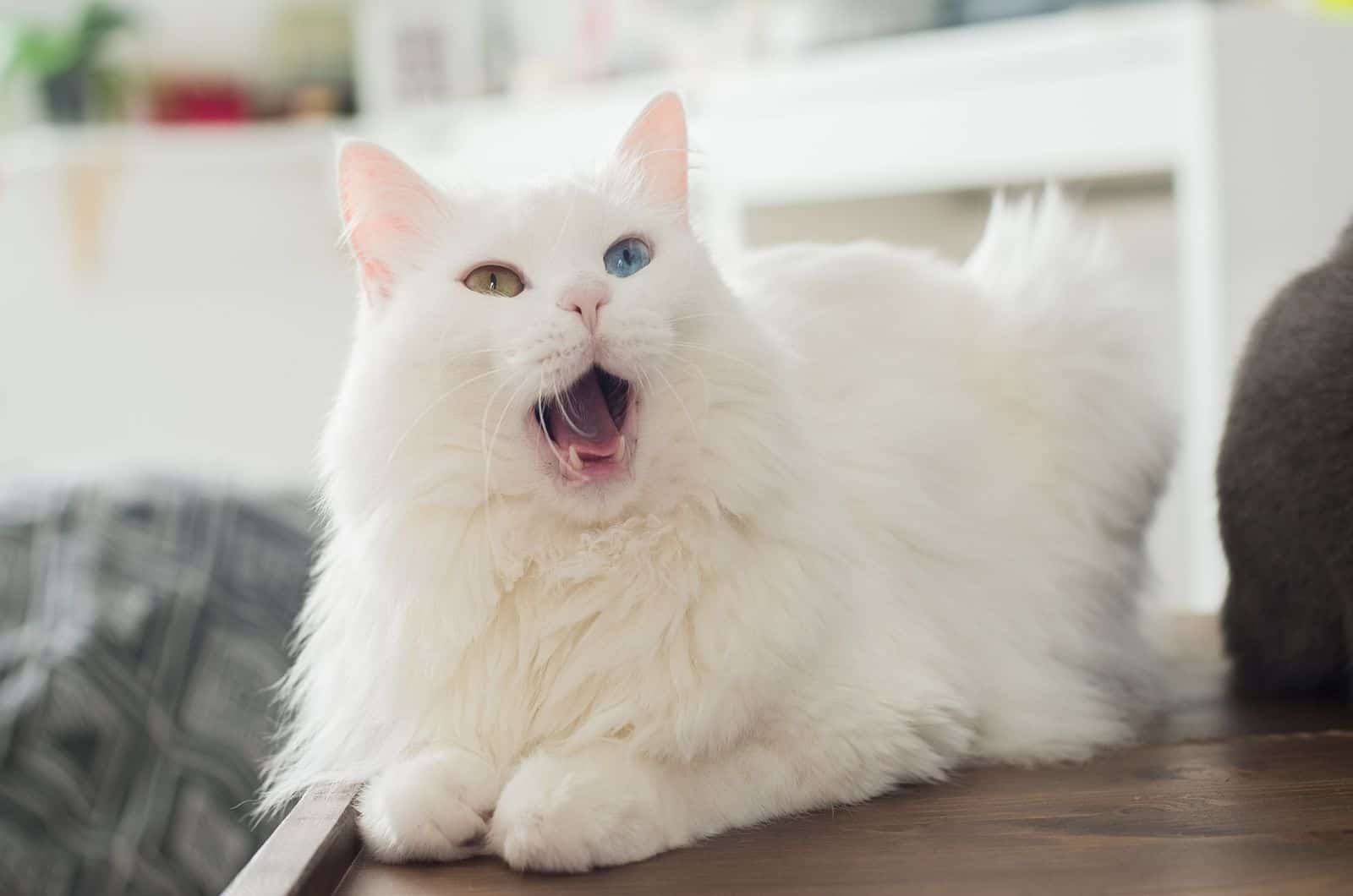
For many of your cat’s closest feline cousins, chuffing is the equivalent of purring, but this does not apply to domestic cats. Leopards, tigers, and other large cats cannot purr because their vocal system is designed to make other noises, such as roaring.
Chuffing, rather than purring, can be used as a pleasant welcome noise amongst cats. Big cats may chuff when they are happy or when they are wounded and need attention.
The same reasons that make your domestic cat purr, can cause a large wild cat to chuff. This is mentioned because the behavior of domesticated cats and wild cats may be extremely similar, and understanding how and when large cats chuff could help us understand domestic cats’ chuffing.
5. Cat Chuffing As A Way Of Courtship
Courting behavior is often practiced solely between intact cats, making it less prevalent in most cat households. However, chuffing can also indicate that your intact cats are courting, especially if your female cat happens to be in heat.
If they are courting, both cats may chuff – at least at first – although the male cat usually chuffs more frequently and/or loudly.
Courting cat behavior might include meowing, yowling, and hissing. All of these sounds are natural during cat courtship and during mating.
They can, however, be signals that your cats are sad and/or distressed, so it’s critical to keep an eye on them if they exhibit this kind of behavior. Although it may occur, chuffing is not typical of all mating and courting behavior.
Final Words
To conclude, cat chuffing is another harmless sound your cat may make. Cats chuff when they are looking for a mate or when they’re practicing hunting.
Your cat might chuff when it’s feeling excited or when greeting another friendly cat. Large cats chuff instead of purring because most large wild cats aren’t able to purr.
You’ll probably recognize the reason why your cat is chuffing somewhere in this article, and the most important thing is that you don’t need to be concerned about it.
Cats are cute, and all these sounds just add to their personalities. It is good to learn about your cat’s noises and behaviors in case there’s something that needs to be taken care of.
In the case of cat chuffing, it is perfectly normal, and you need not worry.
Related Articles:
Why Do Domestic Cats Growl? 8 Reasons For Cat Growling

